It seems that every few months, the architectural community is amazed by prototypes or artworks utilizing 3D printing technology and the potential it holds for the future.
However, the reality is that companies around the world are automating the construction of homes, offices, and other architectural projects through techniques such as 3D printing, robotic finishing, and automated tiling. Consequently, the future where automation becomes the standard in construction is not far off, addressing issues of construction efficiency, sustainability, and even labor shortages and housing crises.
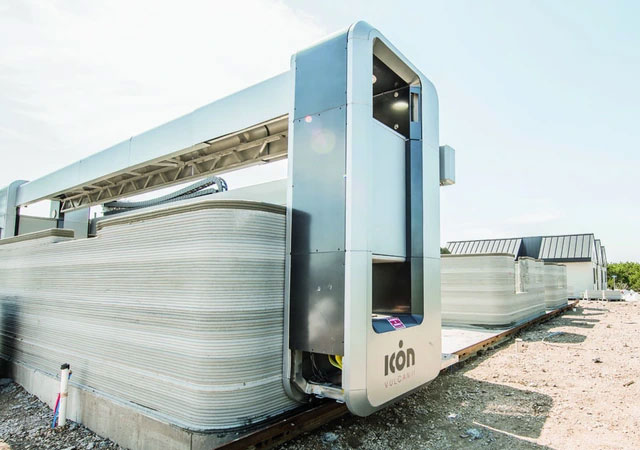
A Texas-based company recently completed a community of 3D printed homes in Mexico for families living on a daily wage of $3, as well as a series of homes for the homeless in Austin.
Currently, there are two methods of 3D printing houses: printing individual components for assembly and printing an entire building as a single unit. The method of printing individual components is more widely adopted due to its flexibility, and users do not need to utilize a large-scale 3D printer.
On the other hand, printing a house as a single unit is more complex and requires a printer capable of covering the entire structure. In fact, many printers have been installed that can reach lengths of up to 40 meters and heights of up to 6 meters. Printing an entire house this way presents challenges during the installation of the 3D printer, as this process can be quite complicated. However, once a complete structure is formed, the house will be sturdier than those produced by the component printing method.
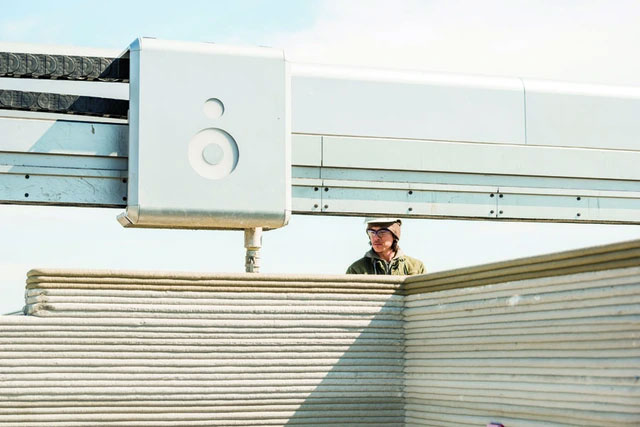
Eric Holt, an assistant professor at the Franklin L. Burns School of Real Estate and Construction Management at the University of Denver, stated: “3D printing (on a large scale) in the construction industry is developing at an extremely fast pace. I once believed it would be applied in practice in a few years, but the reality is that it has been implemented sooner than I thought.” The first company that changed Holt’s perspective was a startup—Mighty Buildings, based in Oakland, California, which has completed accessory dwelling units (ADUs) called Mighty Mods in Oakland, San Diego, San Ramon, and Hayward, California. This company has utilized a combination of advanced composite materials, 3D printing, 3D scanning, and robotic finishing to construct homes. They are currently collaborating with California-based architecture firm EYRC to produce “Mighty Houses” designed for families, featuring up to three bedrooms, with prices ranging from $287,500 to $409,500.
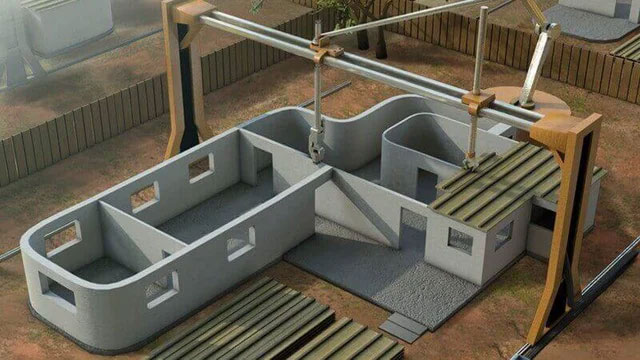
The company Winsun Decoration Design Engineering from China has recently attracted attention with its 3D printed houses. Recycled waste from construction and industrial processes is used as an additive for concrete, and the resulting houses cost around $5,000. However, this idea is not new. American craftsman, architect, and mechanical engineer Andrey Rudenko has pursued this project as a personal endeavor for over 20 years, with his latest result being a stunning castle with various shapes. He is considering selling his 3D printer, estimating it could cost about the same as a car—not much when considering the value it can create for its owner.

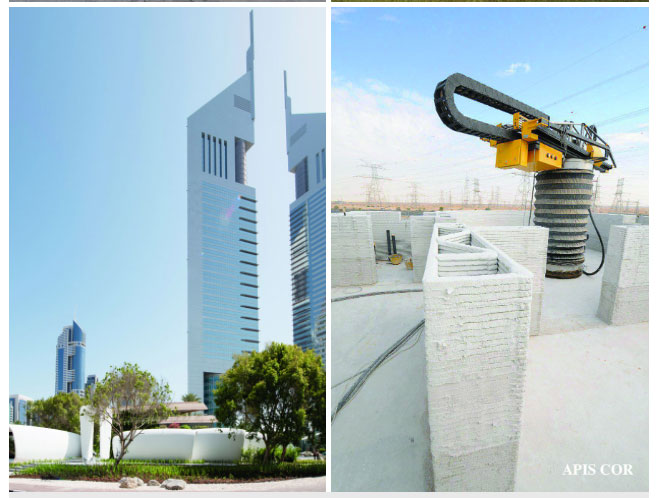
Essentially, 3D printed houses are not much more difficult than using a FFF (Fused Filament Fabrication) 3D printer for desktop use. The material is applied in a viscous liquid state and must dry or harden quickly enough to build the desired layers. It’s a piece of cake if you want. Constructing a house using 3D printing methods is often much faster than traditional building methods. Typically, construction time takes only about 7 to 10 days, with the design phase consuming most of the time.
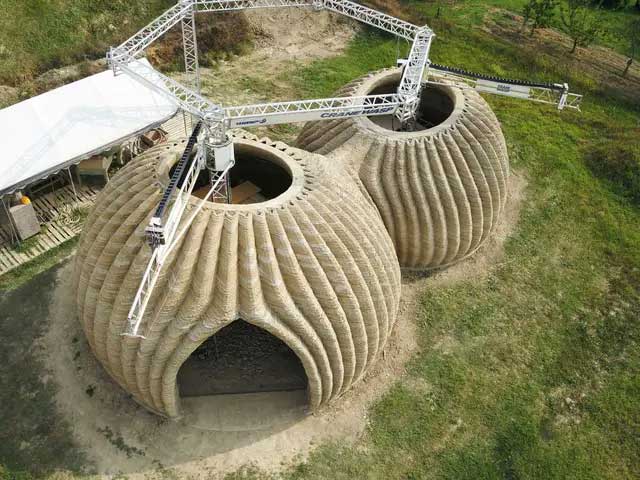
The 3D printed houses designed by Mario Cucinella can be created in just 200 hours of printing at their most basic. The prototype, spanning 60 square meters, is built layer by layer without the need for a frame. The house consists of two interconnected circular structures. Cucinella did not disclose the construction cost. Inside, the house features a living room, bathroom, and bedroom, along with furniture such as tables and chairs also created using 3D printing.
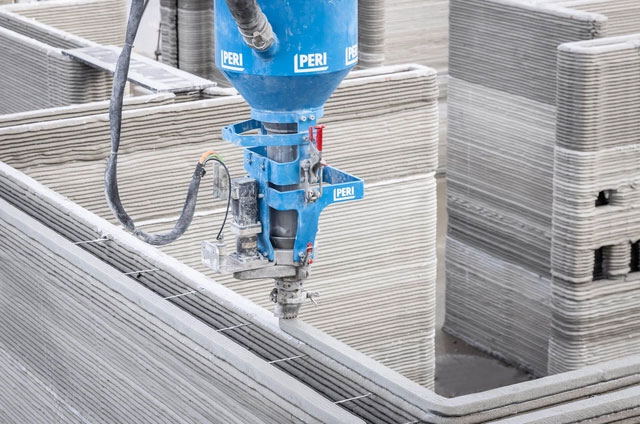
The first successfully constructed house using 3D printing technology was built by Apis Cor. The cost of constructing this house was less than $11,000. Instead of building structures on traditional foundations, this company utilized a mobile 3D printer to create sturdy concrete walls. They then assembled these walls into a complete design.
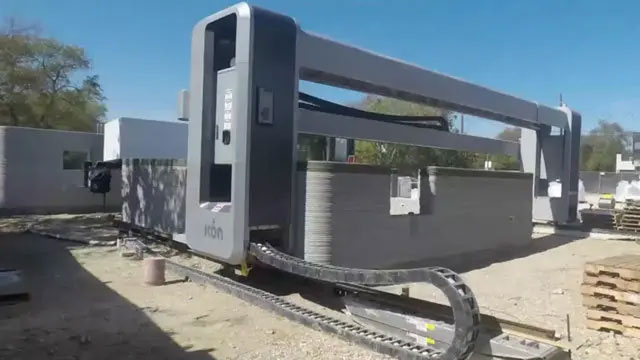
ICON—a startup based in Austin—believes that 3D printing is the key to solving housing issues at low costs. ICON has developed a method to print a house of 60.3 square meters within 12 to 24 hours. This is a negligible time compared to constructing a similar house using traditional methods.


















































